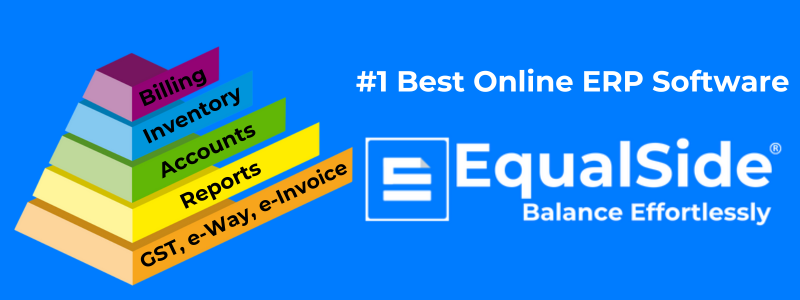Introduction:
Inventory management is the lifeblood of any business that deals with physical products. It's a delicate balancing act – ensuring you have enough stock to meet customer demand without getting bogged down by excess inventory. But what are the biggest hurdles businesses face in this realm, and how can they be tackled?
The Thorns in Your Inventory's Side: Common Challenges:
Demand Forecasting: Predicting future demand accurately is a constant struggle. Underestimate demand, and you risk stockouts and lost sales. Overestimate it, and you're left with dead stock eating away at your profits.
Inaccurate Inventory Data: Manual tracking or outdated systems can lead to discrepancies and errors. This lack of real-time visibility makes informed decision-making difficult.
Overstocking: Holding onto excessive inventory ties up capital, increases storage costs, and risks product obsolescence.
Understocking: Stockouts lead to frustrated customers, lost sales, and potential damage to your brand reputation.
Inefficient Warehousing: Poorly organized warehouses with slow picking and packing processes can hamper order fulfillment and customer satisfaction.
Sharpening Your Inventory Management: Solutions for Success:
Here are some key strategies to combat these inventory management challenges:
Invest in Demand Forecasting Tools: Utilize data analytics and machine learning to gain insights into customer buying patterns, seasonality trends, and external factors impacting demand.
Embrace Inventory Management Software: Implement a robust inventory management system (IMS) to automate tasks, track stock levels in real-time, and generate accurate reports like EqualSide®.
Implement Minimum and Maximum Stock Levels (Min-Max): Establish minimum and maximum inventory levels for each product. This helps trigger automatic reordering when stock dips below the minimum level.
Embrace the ABC Analysis: Categorize your inventory based on value and criticality (A - high value/critical, B - medium value/moderately critical, C - low value/less critical). Allocate resources and focus on managing high-value (A) items more closely.
Optimize Warehouse Layout: Implement a logical warehouse layout to streamline picking and packing processes. Consider barcode scanning and radio frequency identification (RFID) technology for efficient stock tracking.
Conclusion:
EqualSide® 's innovative inventory management system provides deep product flow insights, allowing you to proactively prevent stockouts and ensure you always have what your customers need.
Remember: Inventory management is an ongoing process. Regularly evaluate your strategies, adapt to changing circumstances, and leverage technology to navigate the ever-evolving world of stock control.







